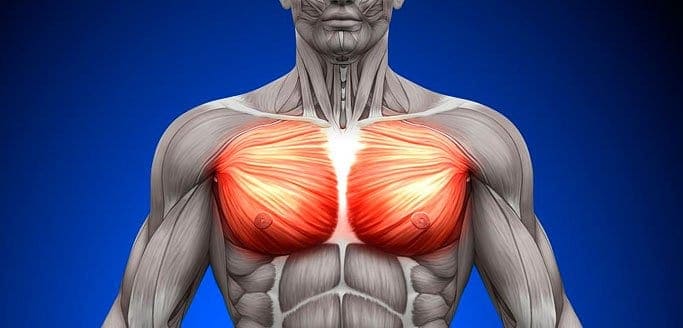Myofascial Trigger Points

Researchers believe that myofascial trigger points may cause some of the symptoms associated with plantar fasciitis. These trigger points are extremely irritable and have nodules that are palpable. They are found in tight muscle bands. Compression or provocation of the points cause pain, which may be noticeable in the referred pain zone. This zone is also known as a distal region.
Cause Of Myofascial Trigger Points
These points may be formed as a result of several factors include:
- Over-stress
- Trauma
- Overuse
- Dysfunctional joint
- Psychological stress
When the points present sympto recognize features of the points.
Responses
One response that seems to beneficial results.
Theories
The integrated hypothesis of the trigger point model is the most well-known theory explaining the etiology of these points. This theory states that a trigger point is a phenomenon with several factoms.
Muscle Electrical Activity
Resting muscles should have little to the tension caused by muscle contractions. When ACh levels remain elevated, the result is perpetual contraction, and this results in an excess of calcium in the intra-cellular region.
Pain Interpretation
The brain uses a type of neuroplasticity called central sensitization to amplified visceral and somatic inputs.
Overall, researchers agree that the etiology of trigger points is attributed to muscle pain along with altered pressure distribution in intramuscular regions. However, researchers believe that the muscle components involved are added in progressive phases.























































